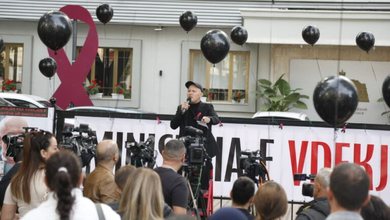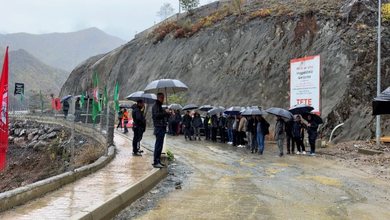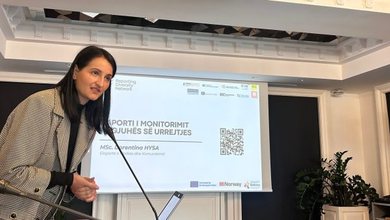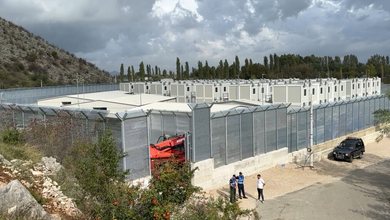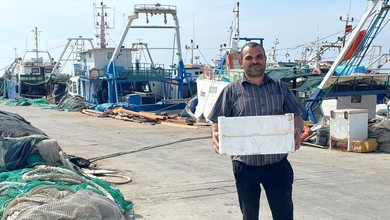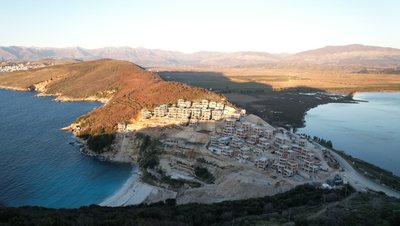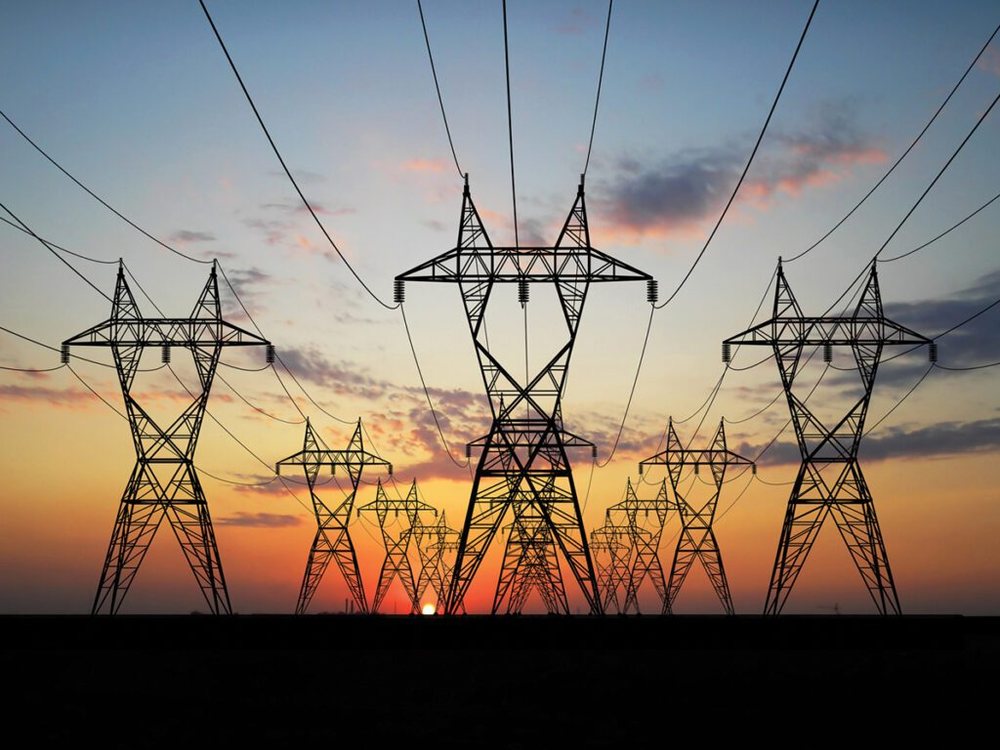
The Western Balkan countries, which include Albania, are naturally energy transit corridors and the exports they have made in relation to the volumes destined solely for transit from EU countries or contracting parties are significantly low.
A report by the Energy Community estimates that Serbia is at the top of the countries that have transmitted the most energy, thus becoming the central corridor for the "flow" of energy, while Albania was second to last.
“In 2024, Serbia remained the central transit corridor for electricity flows, with a total volume of 9,181 GWh. It was followed by North Macedonia (3,354 GWh), Montenegro (3,042 GWh), Bosnia and Herzegovina (2,158 GWh) and Albania (1,307 GWh).
Moldova recorded the lowest volume, with only 188 GWh planned for the EU. These figures include both direct exports from each Contracting Party, as well as transit flows involving energy produced in EU Member States and/or other Contracting Parties,” the report states.
The same underlines that the comparison of data for 2024 confirms that, with the exception of Bosnia and Herzegovina, the Contracting Parties act mainly as transit corridors for electricity flows towards EU member states.
In these cases, the planned volume to the EU significantly exceeds their net export position, indicating that the majority of the energy passing through their systems originates in EU Member States or other Contracting Parties.
According to the report, although the exact origin of the electricity transiting through the Contracting Parties cannot be determined from existing data, the configuration of the regional power system provides a strong indication.
The Western Balkan Contracting Parties 6 are completely surrounded by EU Member States, which positions them as natural transit corridors for cross-border electricity flows.
"The 2024 data reinforce an increasingly evident trend: apart from Bosnia and Herzegovina and to a lesser extent, Montenegro, the Contracting Parties did not record significant net exports of electricity in 2024.
However, planned trade flows to EU member states from these countries have significantly exceeded their net export position.
"This shows that most of the energy circulating through their networks is not of domestic origin, but transits from neighboring EU countries, with a smaller share coming from exchanges within the region," the report says.
According to the Secretariat, as this model becomes increasingly visible, it highlights the importance of a clear distinction between commercial imports from non-exempt Contracting Parties and energy transiting through their systems, so that the principles of the CBAM (carbon border adjustment mechanism) can be properly implemented./Monitor.al/



